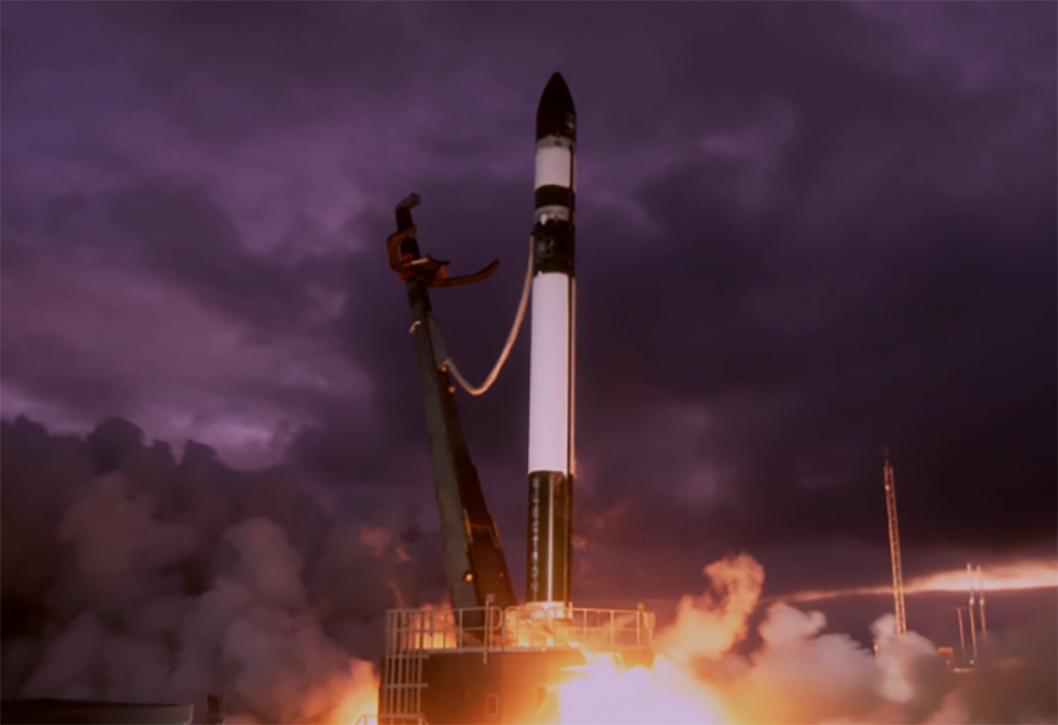UNSW Canberra Space researchers and engineers want to combine satellites with artificial intelligence to help people make quick decisions on Earth.
In collaboration with the Royal Australian Air Force, the researchers launched their latest satellite, the M2 Pathfinder, during Rocket Lab’s 12th mission, which lifted off on from New Zealand’s Māhia Peninsula last week.
Successful communication with the cube satellite has been established via UNSW Canberra Space’s satellite ground station hosted by Cingulan Space, near Yass in New South Wales.
The low-cost satellite, which is around the size of a loaf of bread, provides a unique opportunity to support Australia’s defence and national security capabilities and to expand the Australian space industry, according to UNSW Canberra Space Director Professor Russell Boyce.
“Space systems will be integral in solving the challenges our world will face in the future, for example assisting with resource management, secure communications and data collection during extreme weather events,” he said.
“Australia has a role to play in solving these problems, both for our own economic security and as responsible global citizens. UNSW Canberra Space looks forward to leading the way, particularly in equipping Australian satellites with artificial intelligence to better meet user needs for rapid access to information.”
Though the mission was delayed by a month due to the COVID-19 pandemic, it took just 10 months for the team of 20 to design, build and assemble all of the components and subsystems, as well as develop and test the software.
Home-grown communications
The mission has not yet been declared a success, but it is a major boon for the Australian Space Agency, which was established in 2018.
UNSW Canberra Space senior space systems engineer and M2 Pathfinder Mission Lead Andrin Tomaschett said the group that worked on the M2 Pathfinder was Australia’s largest and most experienced space mission team.
“Our spacecraft development includes a rigorous approach to testing prior to launch. From severe space environmental simulations at the Australian National University National Space Test Facility, to exhaustive testing of all software and hardware combinations, we have put this satellite through its paces,” Tomaschett said.
The M2 Pathfinder is the second of four cube satellites to be flown in the program, and follows the launch of M1 in late 2018.
The space missions will also deliver research and educational opportunities for defence and civilian students studying engineering at UNSW Canberra, testing home-grown communications architecture and other satellite technologies and forming an important part of building Australia’s space capability.



